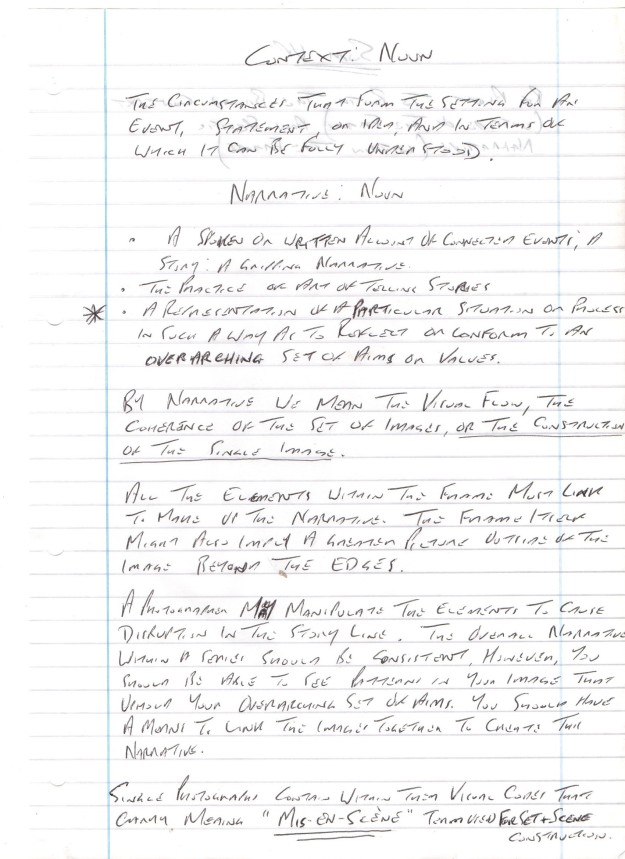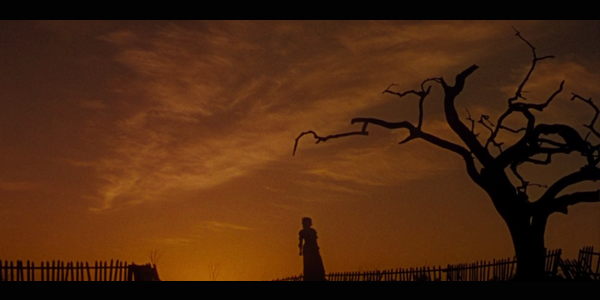requirements-listed-for-assignment-5
When researching for my last assignment I read ‘One Way Street’ a selection of essays by Walter Benjamin and I read an essay about Franz Kafka, an author I had not come across before and I made a mental note to lookout for his work. My Tutor picked-up on my comments in my blog and recommended that I read some of his works a. Therefore I decided to read his works looking for ideas for my next assignment. To get myself started I made notes on the oxford dictionaries meaning for ‘context’ ‘narrative’ and the suggested rules. As I read his works, I took notes in order to help me find some mental visions that might be turned in to physical pictures. admittance-to-the-law








I have read through from cover to cover ‘The Essential Kafa’ and I have been inspired by a parable type story in the novel ‘The Trial’. This short story is about a country gentleman who seeks access to the law, but the man is told by the doorman that he can not grant him access. The country gentleman decides to wait until the doorman is given permission to grant him access, he waits all his life only to learn at the moment of death that the door was exclusively for him. However, this story led me to another similar story that I thought might make a stronger narrative in one picture.

A man and his dog a-man-and-his-dog-were-walking-along-a-road
This story was used in a T.V. episode of ‘The Twilight Zone’, ‘The Hunt’, first broadcast: January 26, 1962, Created by Rod Serling. I am unable to find a reliable source that can confirm the original author of this story. Some internet sources suggest that it is an old religious tale by an unknown however, Earl Hamner Jr. an American television writer and producer is credited for the story of ‘The Hunt’ in The Twilight Zone therefore I assume that the story is his. The gist of the story is that a man is on a road to Heaven and he is accompanied by his best friend which is his dog. Along the way he comes to a gate with a man standing by it, the Traveller asks the man where they are and the ‘Gateman’ informs him he is at the gates of Heaven; but when the man tries to enter with his dog he is told that dogs are not allowed and the Traveller is forced to decide between entering the gates or staying with his best friend.


I believe that this story has a stronger narrative to produce as a single photo. My idea is an image of the Traveller looking down at his dog as the Doorman or Gatekeeper tells him no dogs. Also I can use this scene as a metaphor to modern society and how our capitalist life style sometimes tests our moral metal. The Traveller is faced with a dilemma, should he be selfish and enter the gates alone for the imagined paradise beyond or stay outside keeping company with his best friend and putting his friend first. I believe that we are currently living in a very selfish world and that this test is being applied in one way or another every day; so I think this story is very relevant to our current life-styles.
For the location, I think that my local Anglican Church is perfect.
My first thought were the gates to the church but this would present problems of traffic, pedestrians and a difficult background; so a doorway is a better choice and the arched style ideal for the implied idea of a Holly entrance. Choosing a doorway eliminates the problems of traffic, pedestrians background and allows me to move my camera further away if required. I shall mount the camera to a tripod for better composition control and if I need to resort to Photoshop i can easily merge more images together.
My ideal location is the Choir Vestry doorway, my wife sings in the choir and I have spoken to the Vicar who is happy to allow me to use it as my location. I have a Labrador dog and a friend who has modeled for me before who can play the Traveller and a friend of my wife’s is happy to model as ‘Lucifer’. My thoughts for the Devil is a very pretty smartly dressed young lady, to represent the metaphor for temptation. She will be lit by a speedlight with an amber gel in a soft-box to give her warmth and another speedlight located directly behind her with a red gel in a large reflector dish to create a red rim-lighting / halo to suggest the source of the heat and a hint of danger. The traveller and dog will be lit by either natural day light or another speedlite (un-gelled) for daylight white balance. The camera will be set to tungsten or similar to trick the camera to create a cold look to the Traveller and dog. The Traveller and dog are between worlds and this region of space I imagine to be cold. Hell on the other hand is hot and should reflect this by using the corrective gel to alter the white balance for my Devil. By taking advantage of the white balance I can create a division between the worlds outside the door and that of inside and this warm contrast to the overall cold image will act as my punctum to the picture.







As you can see, I made sketches and drew a couple of storyboards to help me with ideas.






























